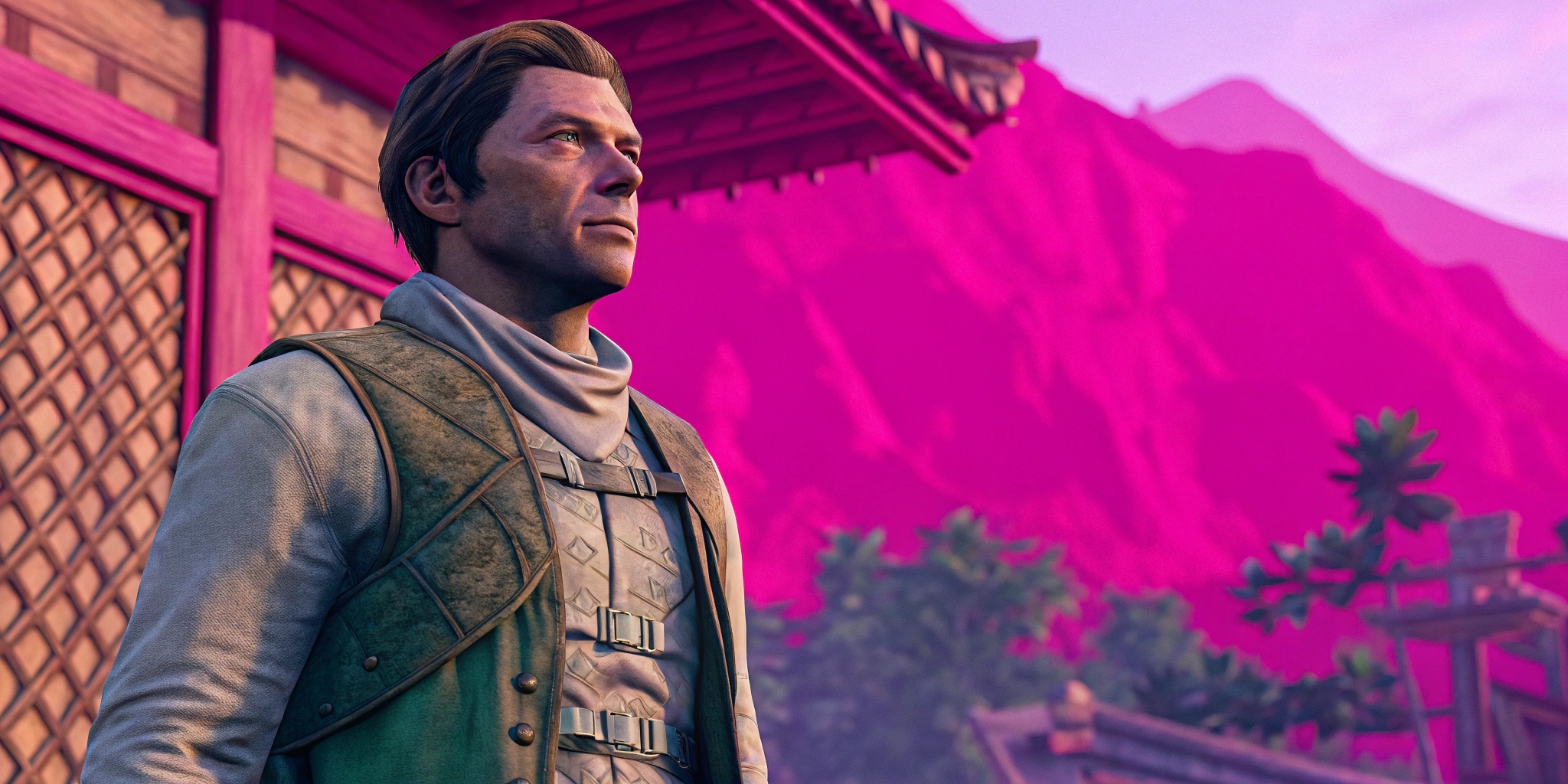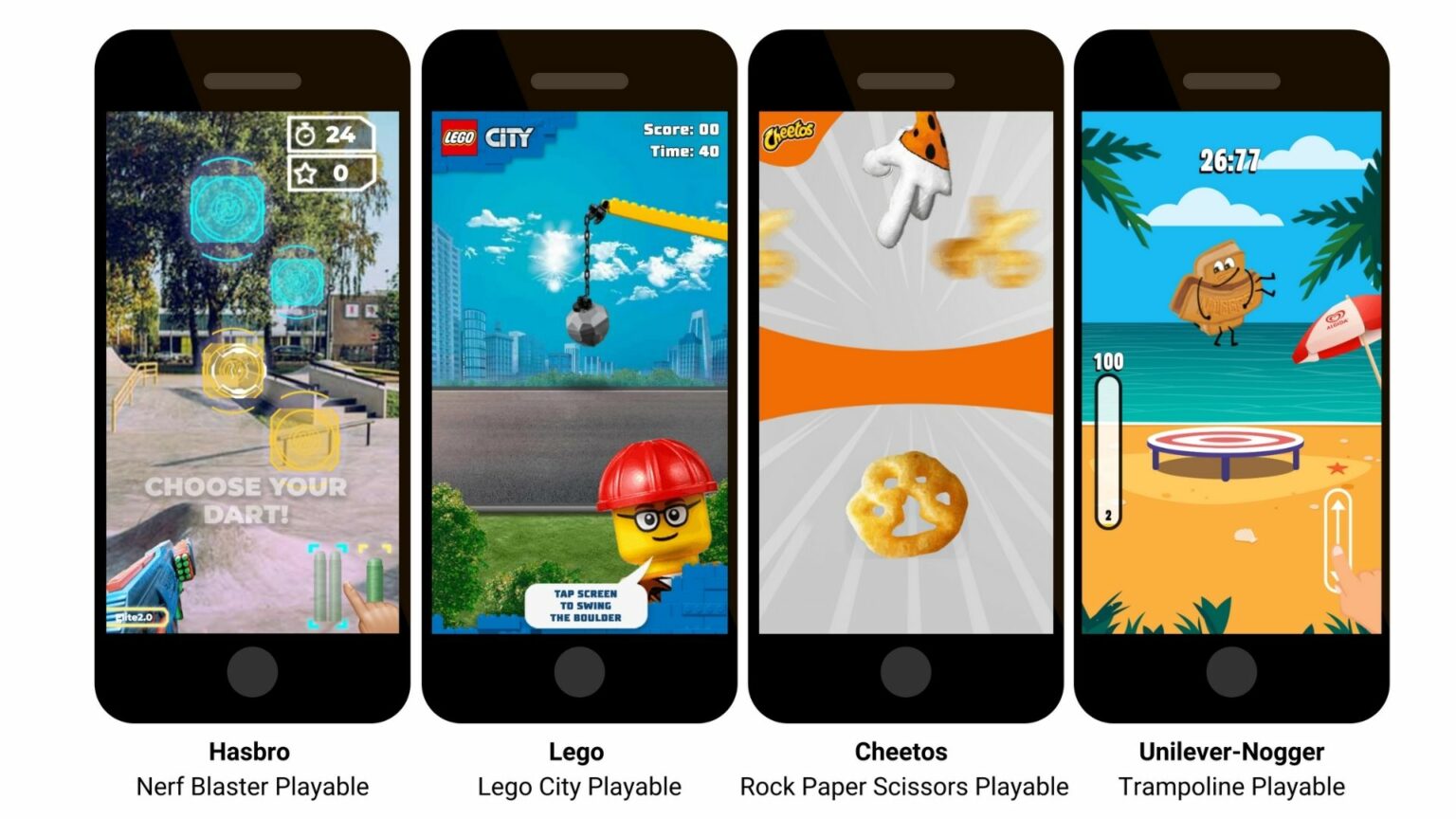Thanks to various innovations and the latest technologies, modern games impress with their graphics. In the gaming industry, the focus is on the quality of characters, weapons, and vehicles. To create a state-of-the-art game, game developers often use a method such as a photogrammetry. This is an expensive but effective tool that saves developers’ time and makes photorealistic game models. This technology is already present in most games in a realistic setting. In addition, artists often use materials from 3D editor libraries that are created using scanning. But what is the point of photogrammetry and how is it used? Let’s dig deeper and learn more about the use of photogrammetry in the gaming industry.
How Does Photogrammetry Actually Work?
Photogrammetry is the process of obtaining a three-dimensional model by photographing a real object from different angles. After this, special programs automatically determine the common points between each photo and calculate the distances between them in the XYZ coordinate system. The result of processing is creating a point cloud, which is converted into a 3D grid format. Finally, artists get a three-dimensional digital representation of the scanned object.
This is the most accessible and versatile way to get a 3D model of an object or scene. Photogrammetry determines the shape, size, and position of objects from a photo. You can take photos of a real object with your phone, but make sure the lighting is right. But, of course, they are inferior to full-frame cameras, especially if the lighting is not ideal. A lot depends on the quality of a full-length camera, but software, such as the MeshRoom platform or the commercial RealityCapture software, does the main work in object reconstruction.
Photogrammetry is actively used in the work of architects, surveyors, cartographers, scientists, and the military. Using photogrammetry, you can solve the following tasks:
- develop accurate geo-information systems, plans and topographic maps;
- draw up project documentation for construction;
- carry out an archaeological analysis of the area;
- monitor natural changes in the area;
- create digital landscape models.
Besides, photogrammetry has begun to be widely used in video game development starting from small indie developers to AAA-level games with production costs of millions of dollars. Thanks to photogrammetry, the quality of the game items is much higher than using traditional modeling methods.
With photogrammetry, developers can get 3D models of real-world items. Depending on the purpose of photogrammetry, you need to find suitable items. This can be quite expensive, for instance, if you want to create a AAA post-apocalyptic game. You need to find the historical items with traces of use. Often, unusual items can be found at various auctions. In such cases, photogrammetry can be a very time-consuming and laborious process but it can still help you create extremely high-quality game items.
Examples of Successful Implementation of Photogrammetry
One of the brightest examples of using photogrammetry is Call of Duty: Modern Warfare. After the announcement of the relaunch of Modern Warfare, the developers have repeatedly mentioned that they use photogrammetry to create the in-game environment, a special modeling method in which real objects are scanned and projected into a digital environment. But one of the early forerunners of 3D photogrammetry was The Vanishing of Ethan Carter – a horror adventure game. Attributing textures, objects, and scenes to 3D models of real-world items have significantly saved a lot of money and time. Besides, the most jaw-dropping games created based on photogrammetry are Star Wars: Battlefront, Forza Motorsport, Chernobylite, and Red Dead Redemption 2.
Important Nuances You Should Be Aware of When Using Photogrammetry
In order not to meet various pitfalls, it is worth remembering the most important nuances of using the photogrammetry method:
- First, you need to select a model to scan. The model should not have transparent, shiny or mirror surfaces. If they are, you should seal them or cover them with a special matting agent;
- Secondly, photogrammetry is very sensitive to light. It should be uniform and illuminate the model from all sides. Use as many light sources as possible. Of course, you can use flash, but keep in mind the creation of shadows;
- Thirdly, monochromatic models without bright details are bad for using the photogrammetry method. After all, the program needs to attach to something when stitching photos to create a smash;
- And finally, the object must not move or change shape while being photographed. It is essential not to make changes and allow the program correctly stitch the photos.
The Future of Photogrammetry in Gaming
In an age of ever-improving technology, we expect new opportunities. 3D scanning can change the situation for the better, if a beginner immediately gets a cool high-poly model and a base color texture, then the result of his work will be much better. What’s more, the release of Nanite technology and Unreal Engine 5 will turn the game world 360 degrees. In general, we expect only the rapid growth in the popularity of photogrammetry will create more compelling reasons for developers to produce state-of-the-art games.
To Sum Up
Photogrammetry is a simple technique that uses photographs of an object from different angles to create a complete 3D model. Currently, 3D scanning is often used in games of any complexity, because it helps to significantly save time and effort for artists. After all, receiving a model created with the help of photogrammetry is much easier for a specialist to interact with it. Of course, in many cases, photogrammetry requires a lot of money. It is quite an expensive method of getting full-fledged 3D models from scratch. But it is still one of the most famous and easiest techniques for creating objects, textures, and scenes for different games.








